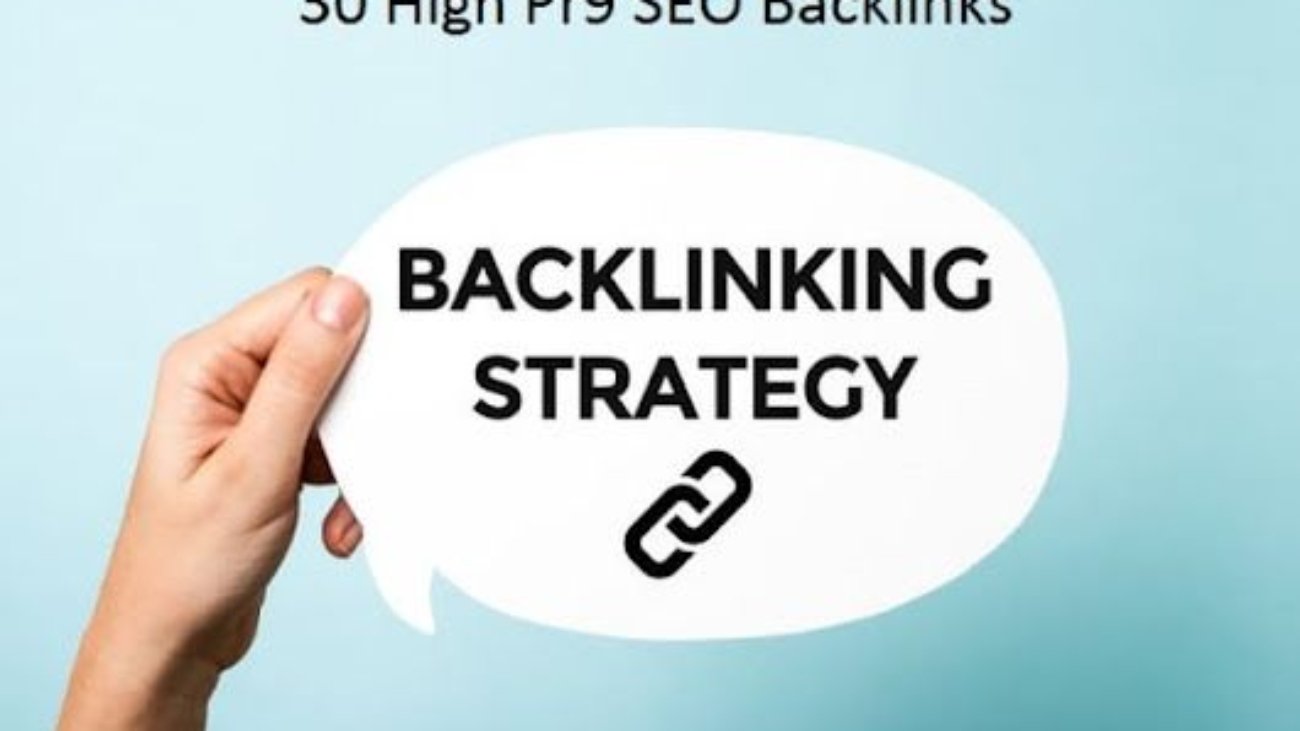🚨 Introduction: The Dark Side of SEO
When most people think of SEO, they imagine keyword strategies, on-page optimization, and high-quality backlinks. But there’s a darker side to Negative SEO.
Negative SEO refers to black hat, unethical tactics used to damage a competitor’s search engine rankings, often through harmful backlinks, content theft, or hacking attempts. In today’s competitive digital environment, especially in niches with high commercial value, this threat is more real than ever.
In this guide, we’ll break down:
-
What Negative SEO is
-
Different types of negative SEO attacks
-
How to detect and prevent them
-
Tools to protect your site
-
Actionable recovery strategies
🔍 What Is Negative SEO?
Negative SEO is any deliberate action taken to harm your website’s reputation or visibility in search engines.
Unlike traditional SEO which aims to boost rankings negative SEO is sabotage.
Key Features:
-
External or off-site sabotage
-
Often done anonymously
-
Targets link profile, site speed, content, or indexation
-
Can cause ranking drops, penalties, or even deindexation
⚠️ Types of Negative SEO Attacks
Understanding how negative SEO works helps you stay one step ahead. Here are the most common types:
1. Toxic Backlink Bombing
Attackers send hundreds or thousands of spammy backlinks to your site from low-quality domains, porn sites, or link farms to trigger a Google penalty.
2. Anchor Text Manipulation
They build links using over-optimized or irrelevant anchor texts like “viagra” or “cheap loans,” making your link profile look suspicious.
3. Content Scraping
They copy your blog posts or pages and publish them on other domains before Google indexes yours, causing duplicate content issues.
4. Fake Negative Reviews
They post 1-star reviews on your Google Business Profile, Yelp, or Trust pilot to tank your local SEO and brand trust.
5. Site Hacking or Malware Injections
Hackers might install malware, inject spammy links or redirect your pages to harmful content affecting trust, UX, and rankings.
6. De-indexing Requests
Malicious users can even impersonate you and send fake removal requests to Google’s URL Removal Tool.
🧪 How to Detect Negative SEO
Early detection is critical. The faster you spot an attack, the easier it is to recover.
1. Monitor Backlinks Regularly
Use tools like:
-
Ahrefs
-
SEMrush
-
Google Search Console
-
Moz Link Explorer
Look for:
-
A sudden surge in backlinks
-
Low domain authority sources
-
Irrelevant or adult-themed referring domains
2. Watch Your Keyword Rankings
If you drop 20+ positions overnight, you might be under attack.
3. Check for Duplicate Content
Use tools like:
-
Copy scape
-
Site liner
-
Grammarly Plagiarism Checker
4. Audit Reviews and Ratings
Negative SEO attacks often include fake reviews especially if your business relies on Google Maps or local listings.
5. Track Website Speed and Redirects
Hackers may insert scripts that slow down your site or redirect users elsewhere.
Use:
-
Google Page Speed Insights
-
GT metrix
-
Screaming Frog SEO Spider
🛡️ How to Prevent Negative SEO
✅ 1. Disavow Toxic Links
Use Google’s Disavow Tool to tell Google to ignore spammy backlinks.
Steps:
-
Identify bad links via Ahrefs or GSC.
-
Create a
.txtfile with the list of domains. -
Upload it to Google Disavow Tool
✅ 2. Set Up Google Search Console Alerts
Enable notifications for:
-
Security issues
-
Manual actions
-
Crawling errors
-
Sudden traffic drops
✅ 3. Secure Your Website
Use HTTPS, strong passwords, and update CMS/plugins. Enable:
-
2FA
-
Firewall protection
-
Anti-malware scans
Tools: Cloud flare, Sucuri, Word fence (for WordPress)
✅ 4. Monitor Brand Mentions
Set up alerts using:
-
Google Alerts
-
Brand24
-
Mention
This helps you catch fake reviews, impersonation, or duplicate content early.
✅ 5. Use Canonical Tags
To prevent content duplication issues, always use proper canonical tags to signal original ownership to search engines.
✅ 6. Audit Backlinks Monthly
Treat backlink audits like monthly health check ups. Filter by domain rating, anchor text, and spam score.
🛠️ Tools to Protect Your Site
| Tool | Use |
|---|---|
| Ahrefs | Backlink analysis & monitoring |
| SEMrush | Toxic link score, SEO audits |
| Google Search Console | Indexing & security alerts |
| Cloudflare | DDoS protection, firewall |
| Copyscape | Content duplication check |
| Google Alerts | Brand and keyword monitoring |
| Sucuri | Malware scans & blacklist removal |
🧯 How to Recover from a Negative SEO Attack
If you’ve already been hit, here’s your action plan:
Step 1: Identify the Type of Attack
Was it backlinks? Fake reviews? Content duplication? The recovery path varies by attack type.
Step 2: Disavow or Report
-
Spammy backlinks: Disavow
-
Fake reviews: Report to platforms
-
Content thieves: File DMCA with Google
Step 3: Clean and Secure Your Site
If hacked:
-
Change passwords
-
Remove malicious files
-
Submit for reconsideration in GSC
Step 4: Rebuild Trust and Authority
-
Publish fresh content
-
Promote high-quality links
-
Request real reviews from happy clients
-
Update your About, Author, and Contact pages
Step 5: Submit for Rein dexing
Once cleaned, request Google reindex using:
-
Search Console > URL Inspection > “Request Indexing”
📈 Future-Proofing Against Negative SEO in 2025
As AI tools grow stronger, bad actors also get more sophisticated. The best defense? Build a site that:
-
Has high E-E-A-T signals
-
Is technically robust
-
Has a healthy backlink profile
-
Uses schema mark up
-
Regularly audits for SEO and security
Also, focus on building relationships in your industry. A solid reputation often protects you from being an easy target.
✍️ Final Thoughts
Negative SEO is real. It can cost you rankings, traffic, and revenue. But it’s preventable and even reversible with the right mindset and toolset.
Treat SEO like cybersecurity. Be proactive, not reactive.
The more authority, content integrity, and monitoring you maintain, the harder it becomes for anyone to bring your site down.
🧠 Real-World Examples of Negative SEO
To understand the impact and seriousness of negative SEO, let’s examine a few real-world scenarios.
🧾 Case Study 1: Affiliate Site Bombarded with Toxic Links
A popular tech affiliate site saw a 60% drop in traffic over two weeks. A deep dive revealed over 15,000 spammy backlinks with adult anchor text created by a competitor.
Resolution:
-
Used Ahrefs and SEMrush to compile bad links.
-
Submitted a disavow file via Google Search Console.
-
Contacted webmasters of key sites requesting removal.
Outcome: Rankings slowly recovered within two months after Google re-evaluated the domain’s link profile.
📑 Case Study 2: Fake Reviews on Google My Business
A local dental clinic received dozens of 1-star reviews in a week none from real patients. The clinic had no online review strategy in place and their traffic dropped by 35%.
Resolution:
-
Flagged fake reviews directly in Google Business Profile.
-
Asked happy customers for legitimate reviews to restore balance.
-
Updated NAP (Name, Address, Phone Number) consistency across local directories to reinforce trust.
Outcome: Recovered most local search visibility within 30 days.
⚖️ Can You Take Legal Action for Negative SEO?
Yes, in extreme cases, especially if there’s evidence of:
-
Defamation
-
Hacking or data breach
-
Brand impersonation
-
Violation of DMCA copyright laws
You can:
-
File a Digital Millennium Copyright Act (DMCA) complaint with Google.
-
Work with a cybersecurity attorney to pursue cease-and-desist notices.
-
Report impersonation or fake business profiles via platforms like Facebook, LinkedIn, Google Maps.
While search engines won’t resolve legal disputes, legal pressure can be effective when malicious actors are identifiable.
🌐 Protecting Your Online Reputation Long-Term
Negative SEO is harder to execute on domains that already have strong trust, transparency, and topical authority. Here’s how to harden your digital presence:
1. Build Brand Authority
-
Be active on social media platforms.
-
Get listed on authoritative industry directories.
-
Guest post on reputable websites in your niche.
-
Encourage branded searches (Google tracks this).
2. Reputation Management Services
Invest in services like:
-
Reputation.com
-
Bird eye
-
Trust pilot Reputation Suite
These platforms provide monitoring, alerting, and suppression tactics.
3. Implement Real-Time Monitoring
Tools like Uptime Robot, Site Guarding, and Sucuri send real-time alerts if:
-
Uptime drops
-
Scripts are modified
-
Traffic surges unusually
The faster you react, the better your odds of staying safe.
🤝 Community Collaboration: Strength in Numbers
In 2025, SEO is no longer a solo game. Join trusted SEO forums, communities, and masterminds to:
-
Share alerts about ongoing attacks.
-
Access blacklists of known spammers.
-
Get real-time recommendations on tools and strategies.
-
Stay ahead of bad actors by collaborating on insights.
Recommended platforms:
-
Google Search Central Help Community
-
SEO Signals Lab (Facebook)
-
Traffic Think Tank (Slack-based community)
-
Ahrefs Insider Group
🧭 Final Bonus Tips: SEO Insurance
Just as businesses buy cybersecurity insurance, some now opt for SEO insurance or reputation risk services, especially:
-
eCommerce brands
-
SaaS companies
-
High-volume affiliate publishers
-
Medical and legal professionals
Companies like Digital Armor, Coalition Technologies, or SEO Clarity offer proactive monitoring with legal support and technical defense packages.

